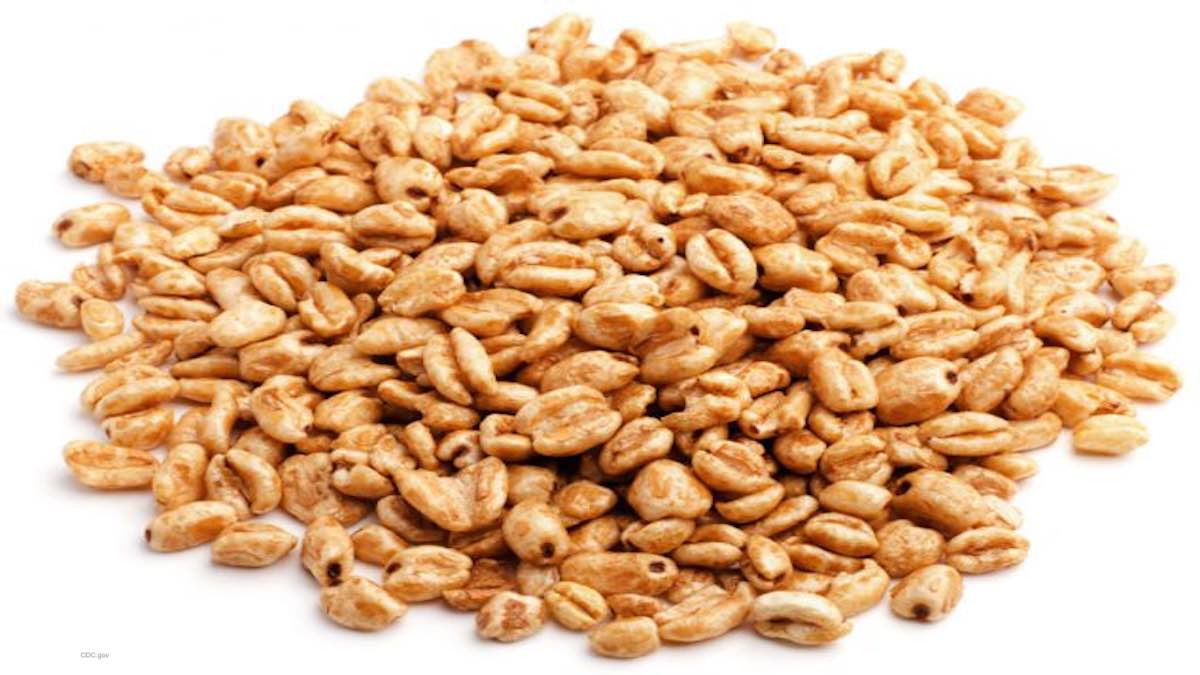Kellogg Salmonella lawyer explains why this multistate outbreak linked to Honey Smacks cereal, which has already sickened 73 people in 31 states, will most likely grow. “The cereal was recalled on June 14, 2018, but unfortunately, the Centers for Disease Control and Prevention said this week that consumers should not “eat Kellogg’s Honey Smacks cereal of any size package or with any ‘best if used by’ date,” said Fred Pritzker, a food safety attorney who is representing clients sickened in this outbreak.

Consumers should discard any size of this product they may have on hand, even if some of it was eaten and no one has been sick. “Salmonella bacteria can cluster in tiny, tiny clumps and may not be distributed evenly throughout the cereal,” Fred added.
“In addition, the recall announcement was made on June 14, 2018, while the latest illness occurred on May 28, 2018,” he said. “That is a window of more than two weeks when consumers were most likely eating this cereal before anyone knew about this problem. Many, many boxes of this cereal were consumed in that time frame. We don’t know when this problem began or how much of the cereal may have been contaminated.

Contact Fred, a Kellogg Salmonella lawyer, at 1-888-377-8900 or 612-338-0202 for help with your illness.
“We also don’t know how the product was contaminated,” Fred said. “There are many possibilities, from something added after the cooking process to contamination in the facility. We hope that this outbreak will be solved soon.”
It takes two to four weeks before public health officials are told about someone sickened with Salmonella food poisoning. The person feels sick, sees their doctor, is tested, the test results come back, and the government is informed. Then the isolates are tested and the bacteria is “fingerprinted” to determine whether that patient is part of a larger outbreak.
Symptoms of salmonellosis include nausea, vomiting, muscle aches, stomach cramps, a fever, and diarrhea that may be bloody. Anyone who has eaten Kellogg’s Honey Smacks cereal and is sick with these symptoms should see a doctor,” Fred said. “This is a serious infection and can have long lasting health consequences.”




